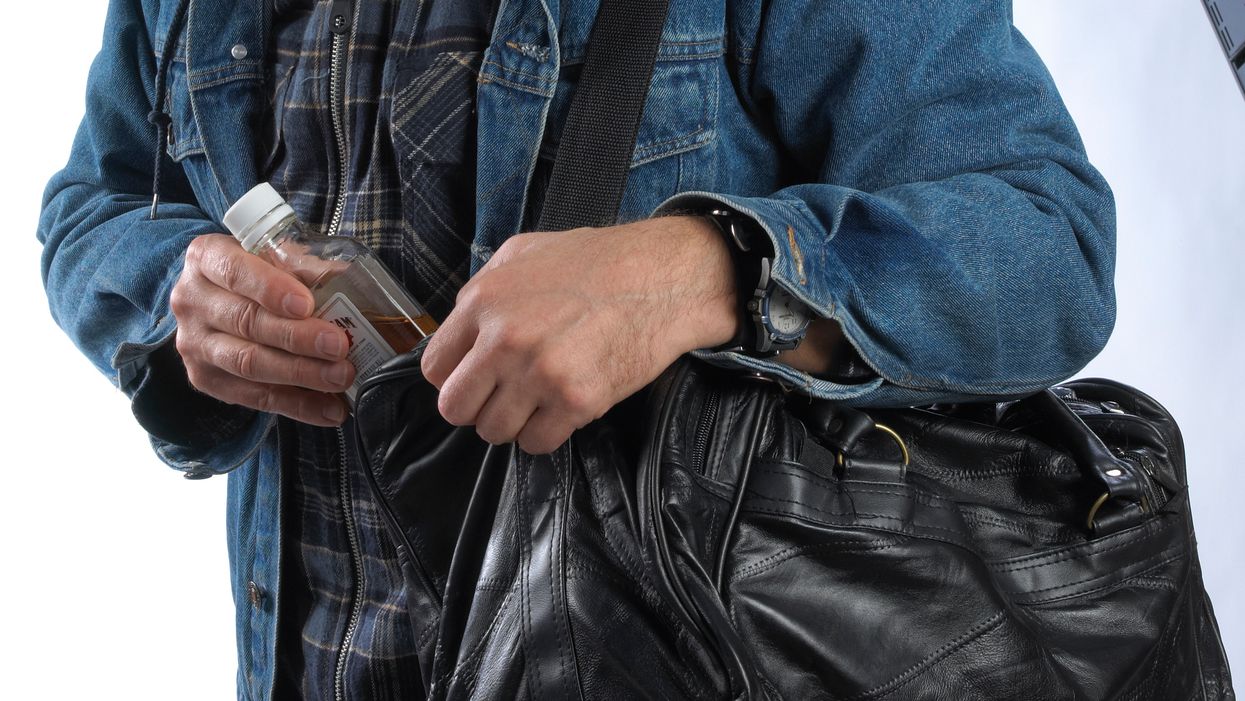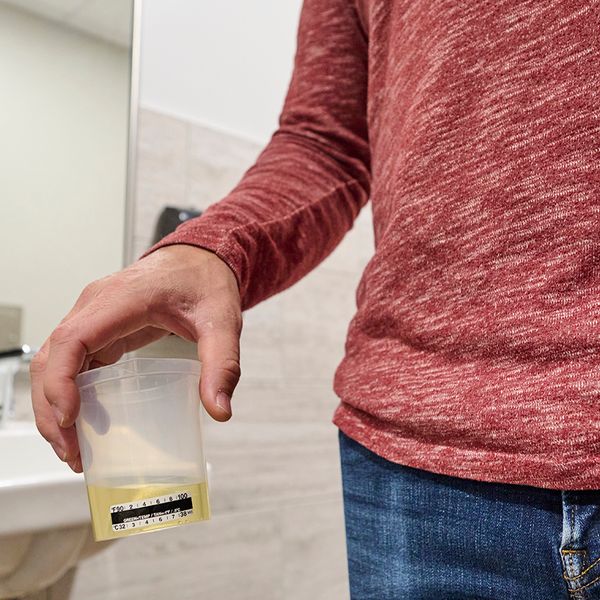Substance abuse on the jobsite
Workers must be fit-for-duty, so they can efficiently recognize and respond to hazards on the jobsite. If a worker is under the influence of an illegal substance, alcohol, or prescription medication, the worker’s judgment and performance can be affected. Addressing substance abuse on the jobsite can:
- Prevent injuries and accidents,
- Promote a healthy workplace,
- Increase workers’ productivity, and
- Assist with driving a positive safety culture.
Two issues project management should consider are how supervisors can identify impaired workers and legal considerations.
Signs and Symptoms
Supervisors on the jobsite need to be trained on recognizing signs and symptoms of impairment, so impaired workers can be removed from the work area. Signs of substance abuse include:
- Red eyes,
- Slurring words,
- Odor of alcohol on the breath,
- Erratic behavior,
- Mood swings,
- Poor performance,
- Excessive absenteeism and lateness, and
- Dilated pupils.
Forklift operators, workers in safety-sensitive roles, workers working at elevated heights, and tool and equipment operators are examples of workers who are at the most risk for severe or fatal injuries while working under the influence of a substance.
Supervisors need to receive initial and refresher reasonable suspicion training so they have the skills necessary to recognize signs and symptoms of substance abuse on the jobsite. I remember on a past jobsite that I worked on, there were continuous concrete pours occurring for the powerhouse foundation. The pours required the support of three work shifts. I’d stood by the time clock to greet workers as they clocked-in and identified several workers on each shift with an odor of alcohol or who had one of the other symptoms on the list above.
Some of these workers quit on the spot when I approached them. Some denied being under the influence of anything, and others happily completed a reasonable suspicion drug and alcohol test. During random drug testing, many workers attempted to alter the test result using outside urine, tried to heat the temperature strip on the collection container, or had someone else try and submit a testing sample in their place.
Legal Considerations
Because of legal considerations, handling substance abuse issues on your jobsite can be intimidating. Jobsites can minimize legal matters for their company by training their supervisors to recognize substance abuse signs and symptoms. Several supervisors should be trained so multiple observations can be made to assess the suspected worker’s behavior before any action is taken.
Standard operating procedures should be developed with the human resources department so workers’ rights aren’t violated, and supervisors know how to maintain jobsite safety when impairment is detected. Project management must balance its duty to create a safe working environment while respecting workers’ rights.
A few legal considerations that should be reviewed while developing a jobsite substance abuse policy include:
- The type of testing allowed (hair, blood, urine) and the consequences for failing a test differ by the laws of each state, so check the laws in the state where you’re working;
- 49 CFR Part 40 requires that all drivers of commercial vehicles participate in drug and alcohol testing;
- OSHA does allow post-incident testing, but the employer cannot use testing to penalize an employee for reporting an injury; and
- Random alcohol testing is prohibited under the Americans with Disabilities Act, except where required by other laws (such as CMV drivers).
If the worker is affiliated with a union, you might also need to understand the collective bargaining agreement the jobsite or company has with the union. Often, there will be requirements that must be followed while responding to suspected impairment. The jobsite risks having a grievance filed against it if this agreement isn’t followed.
Key to remember: Train your supervisors how to recognize signs and symptoms of substance abuse, how to perform observations for impairment, legal considerations, and how to maintain safety on the jobsite when cases of substance abuse are detected.


















































